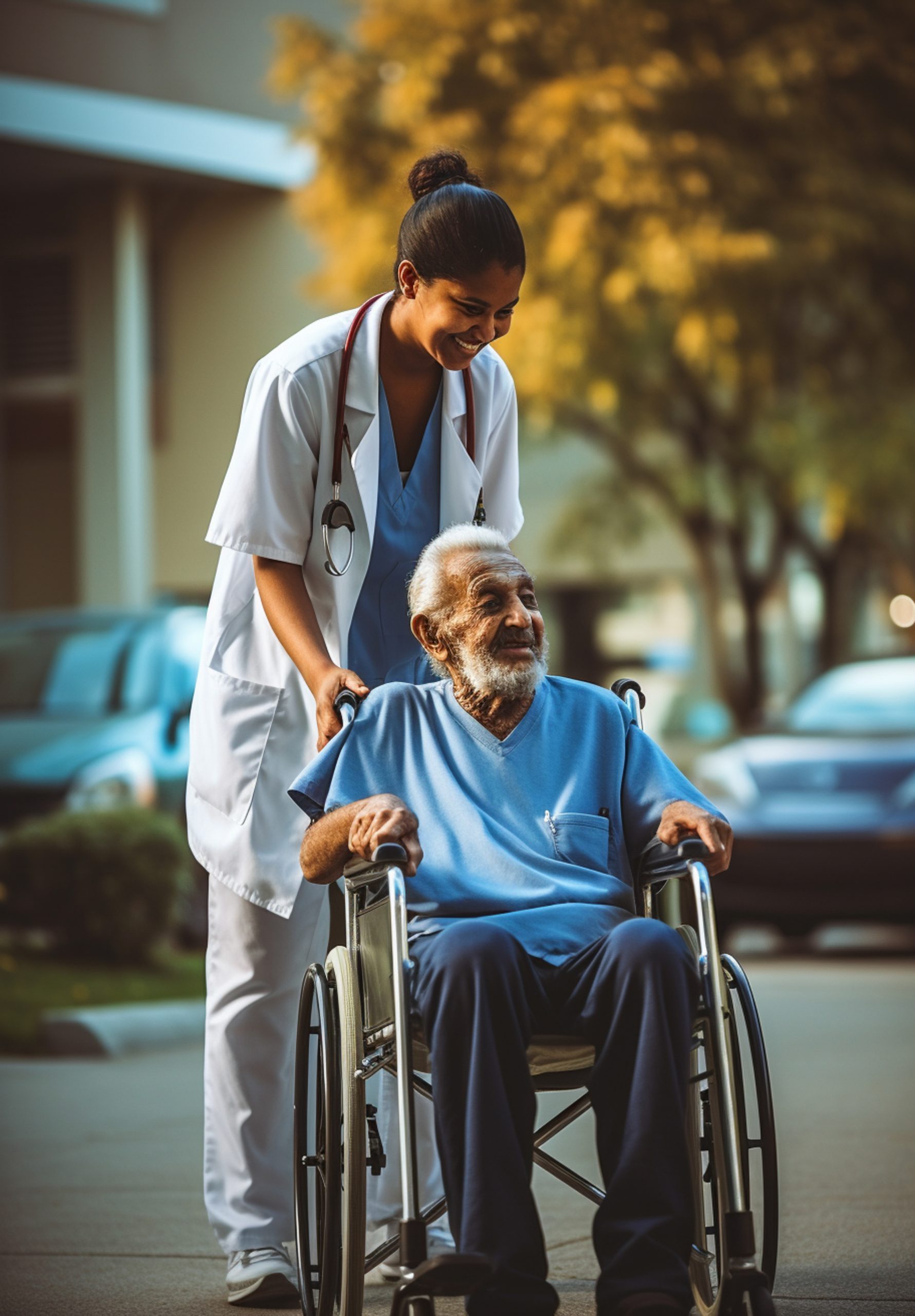People Handling Basics: Understand the principles of safe and effective handling and transportation of individuals, ensuring safety for all.
Effective Communication in Handling: Learn communication strategies for smooth and respectful interactions when handling and moving people.
Equipment Overview for Assistance: Explore tools and devices used for handling and moving individuals, such as hoists and slings, to improve productivity and welfare.






